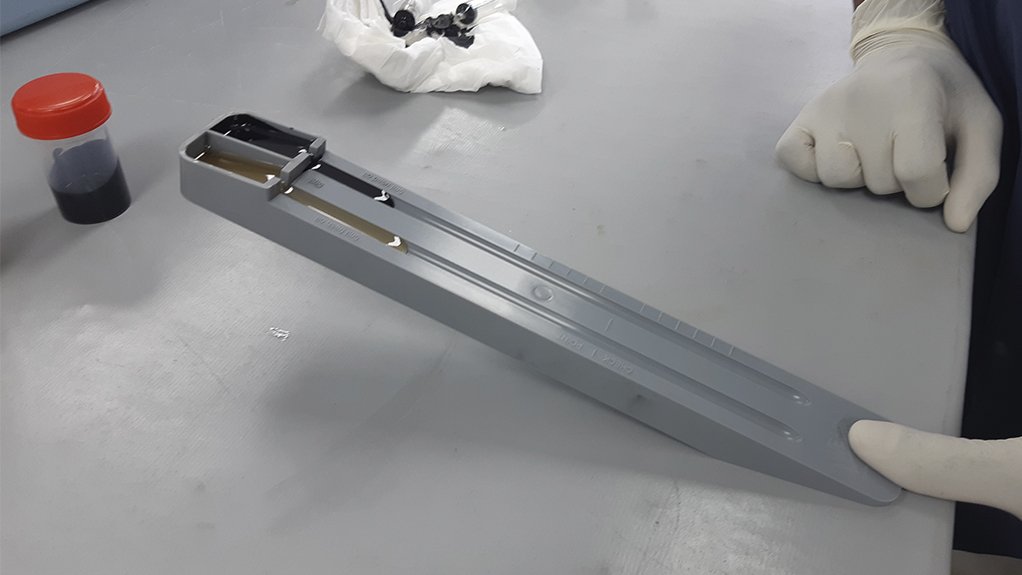Measuring viscosity (thickness) of a lubricant helps to determine its film strength and its efficiency in preventing friction between moving parts. Thick oil has a high viscosity and thin oil has a low viscosity.
If oil is too thick for efficient operating conditions, the machine is forced to work harder, generating extra heat and using more energy. This can result in additional wear and tear on components. If a lubricant is too thin, however, the film may not be thick enough to prevent friction, also creating additional wear and tear.
Condition monitoring specialists, WearCheck, recently launched a new viscosity test kit designed to be quick and cost-effective.
“The Rheo-stick got its name from the word “rheology”, which is a branch of physics that deals with the study of the deformation - and specifically the flow - of matter, such as lubricating oils,” explains WearCheck technical manager Steven Lumley.
“The most important rheological property of a lubricant is its viscosity, or a fluid’s resistance to flow. Viscosity is a property of significance as it effects tribological qualities such as friction and wear between interacting metal surfaces,” continues Lumley.
The test kit is designed for use as an on-site viscosity comparator but it does not measure the physical viscosity of the oil in centistokes and cannot give an indication of the chemical composition of the oil nor identify specific contaminants or degradation by-products. The Rheo-stick can be used to determine a lubricant’s resistance to flow by comparing a used oil sample to an unused sample of the same oil type.
The Rheo-stick is a user-friendly visual viscosity comparator intended to monitor changes in the viscosity of lubricating oils and is suitable for oils with a viscosity range from 32 cSt to 680 cSt at 40 °C.
EMAIL THIS ARTICLE SAVE THIS ARTICLE
To subscribe email subscriptions@creamermedia.co.za or click here
To advertise email advertising@creamermedia.co.za or click here













